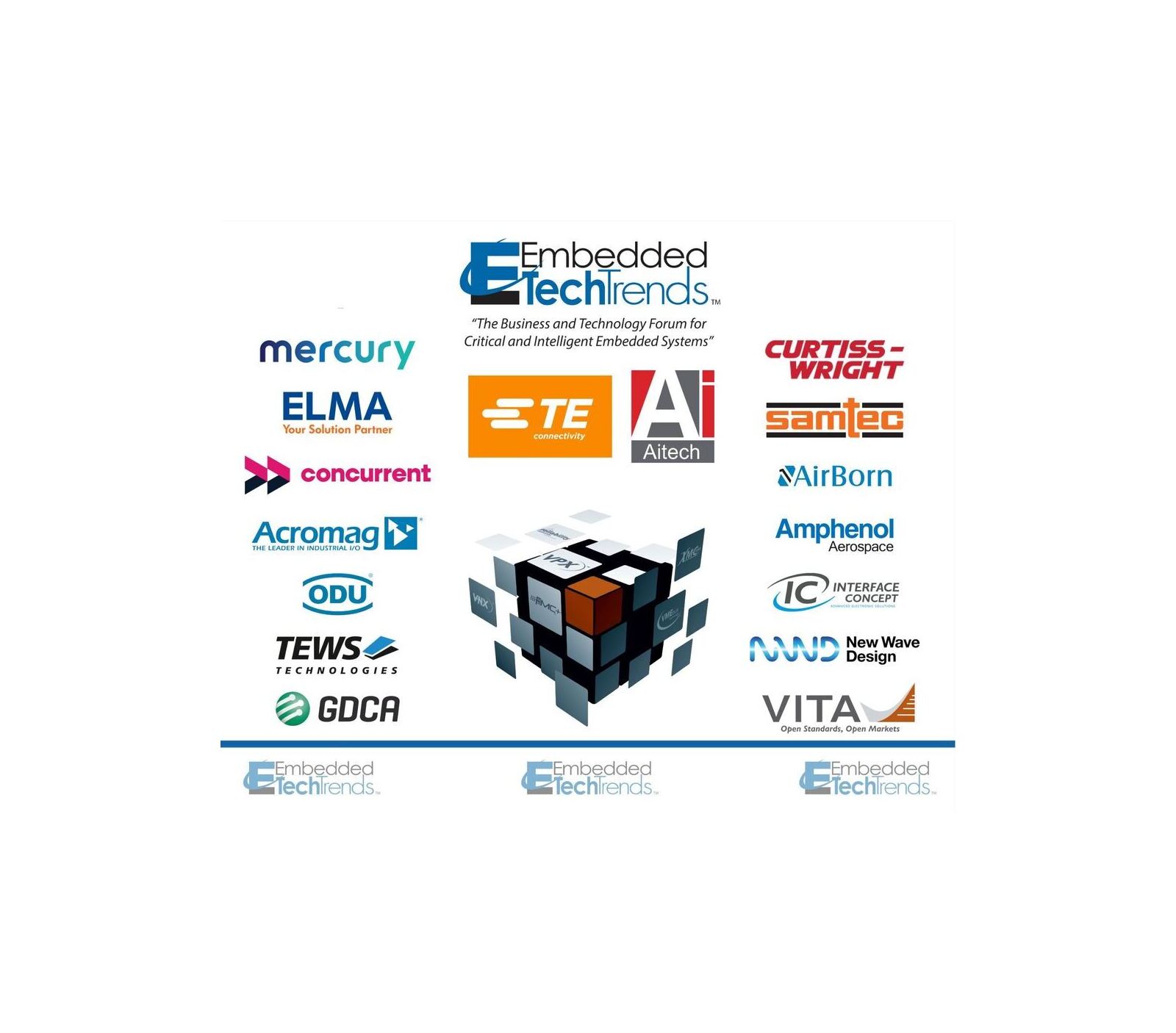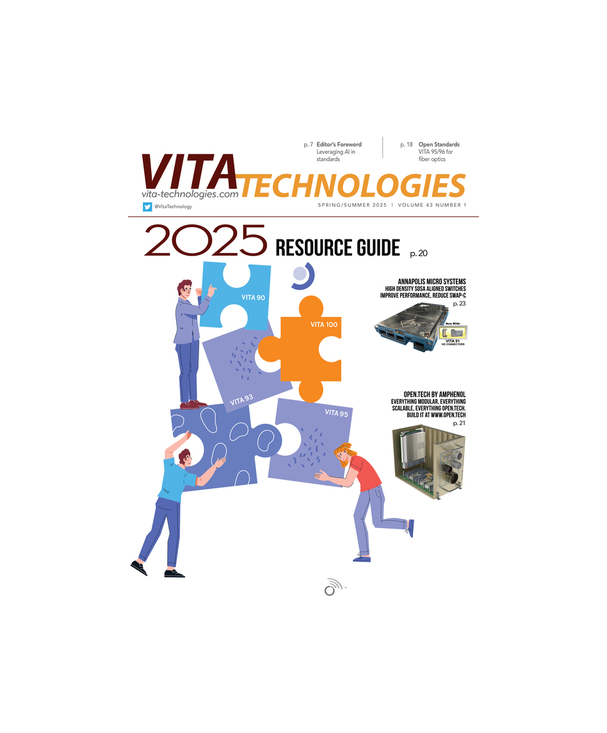While robust 6U systems provide powerful embedded processing for large platforms, there is a huge gap in addressing the rapidly growing application needs of small, mobile platforms. The members of VITA have been very busy the past two years developing standards for small form factor systems to fill this gap. Three separate efforts are underway currently in the VITA Standards Organization (VSO): VITA 73, 74, and 75. Let’s take a look at VITA 75 and see how it fits in.
VITA 75 is a highly collaborative effort that came out of the inputs from extensive Voice of the Customer research conducted by the sponsors of this initiative. Companies including Curtiss-Wright Controls Defense Solutions, CSP, Inc., Elma Bustronic, GE Intelligent Platforms, General Dynamics Canada, Lockheed Martin, Mercury Computer Systems, TE Connectivity, and Xellerix all spent exhaustive time with customers, listening and understanding their problems with existing computing technology used for rugged mobile platforms. These companies collaborated many times to share their understanding and to start the framework for a standard to meet market needs.
A lot of discussion was held in the early days on whether or not to define board components for this new solution or to focus on the system box-level aspects instead. Months later, the conclusion was to focus on the box-level aspects while leaving room to address specific board-level concerns as needed in future work efforts.
The scope of the VITA 75 project is broken down into subsystem external requirements with subsystem internal requirements for bladed or stacked modules to be addressed in future activities.
Subsystem externals
The VITA 75 specification will define a box and external interfaces to that box, including:
- The envelope that the subsystem must fit within
- The power and signal interfaces that go external to the subsystem
- The mechanical interface to mount the subsystem
- The interface for cooling the subsystem
While VITA 75 subsystems are intended be deployed in rugged environments, it was decided, at least initially, to not include environmental specifications as part of the specification. This is in part because the environmental requirements will vary a lot depending on the target platform and the mission. It is left up to suppliers of VITA 75 subsystems to specify the environmental requirements for the subsystems they are supplying.
In short, VITA 75 is a specification that defines a small form factor, box-level standard that is based heavily on the voice of the customer.
What sets it apart from VITA 73 and VITA 74?
VITA 75 is differentiated from both the VITA 73 and VITA 74 initiatives by the fact that it focuses on the box, both the size and the level of ruggedization of the operating environment. Even included in VITA 75 are the types of connectors to external devices.
But why is this so important? Number one: Many new defense, and even several non-defense, programs are trying to refresh existing platforms and upgrade the technology. Current market conditions are ripe for evolutionary changes because of budget constraints. The DoD would like to see existing programs undergo technology refresh; there is limited budget for large, new programs designed from the ground up. The DoD would still like to be able to refresh as new technology becomes available to prevent older platforms from becoming obsolete.
A technology refresh is much more than just a periodic bump up in processing speed. A refresh also includes expanding capabilities. Users want to extract more information from the current data streams generated by sensors of all types. They would also like to be able to add new sensors with more precision that means higher-bandwidth data streams. This demands continual moves to the latest in processing technology to keep up with the new and increased number of sensors. A box swap is the most effective way to do this kind of upgrade. If the physical size and connectors are constant, then the same platform space can be used and the wiring harness can be retained.
Another benefit to be gained during these refresh phases is to replace a proprietary or obsolete subsystem with one based on industry-accepted open standards. This opens things up to rebids that increase competition, which brings more competitively priced innovation to the table. The DoD has a strong desire to replace proprietary technologies with open-standard-based technologies. Open standards for small form factor systems did not exist in many cases, so VITA 75 is opening a new opportunity.
Number two is the huge gap for smaller systems in the rapidly growing field of small, mobile platforms. Smaller mobile platforms are of great value in defense operations, both on the ground and airborne. Size, Weight, and Power (SWaP) is a huge issue for deploying sensors and sensor processing within mobile platforms. New standards for small form factor technologies will continue to gain attention, especially if they can address the SWaP issues.
What are the target applications?
The smaller an embedded processing system gets, the greater the number of possible applications, especially if the performance and I/O capability are high. At the same time, embedded applications are continually increasing in sophistication, driving the demand for more computing capability. Cameras capture more pixels. Broader spectrums of wavelengths are analyzed. And there is a move to multisensor fusion, for example, a situation where information from signal intelligence antennas is combined with other information from electro-optic sensors. By fusing intelligence from multiple sensors, embedded processing systems are able to deliver a much more detailed picture of what is occurring in a specific location. VITA 75 technologies offer the potential to put this kind of capability in small mobile platforms.
What is the status of the specification?
After many months of exhaustive discussion based on customer research, the first round of working group balloting has started, with the hope of reaching American National Standards Institute (ANSI) ratification later this year. Expect to see announcements for products based on VITA 75 in the coming months. There is still a long road ahead, but the innovation in this technology space is just starting to heat up.









